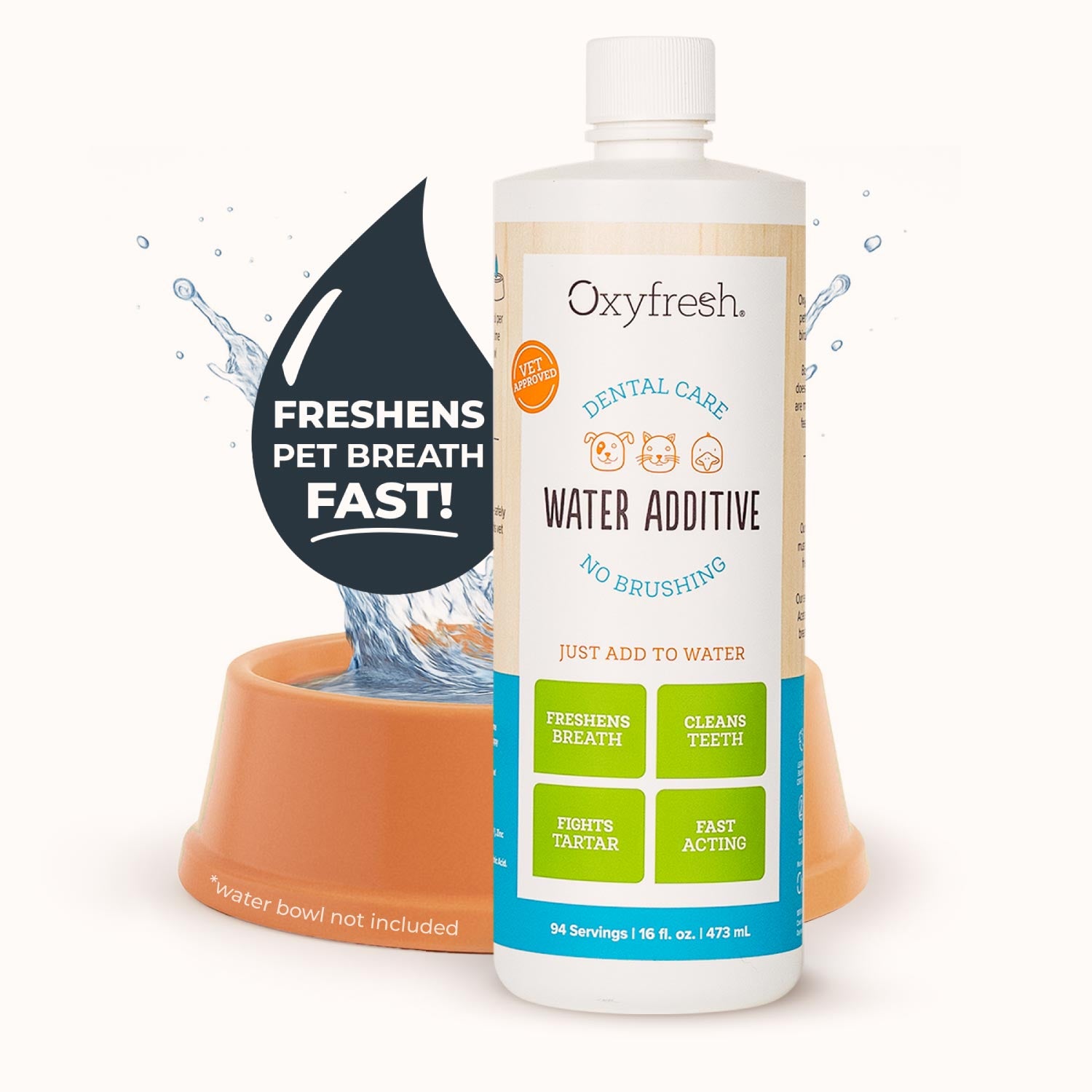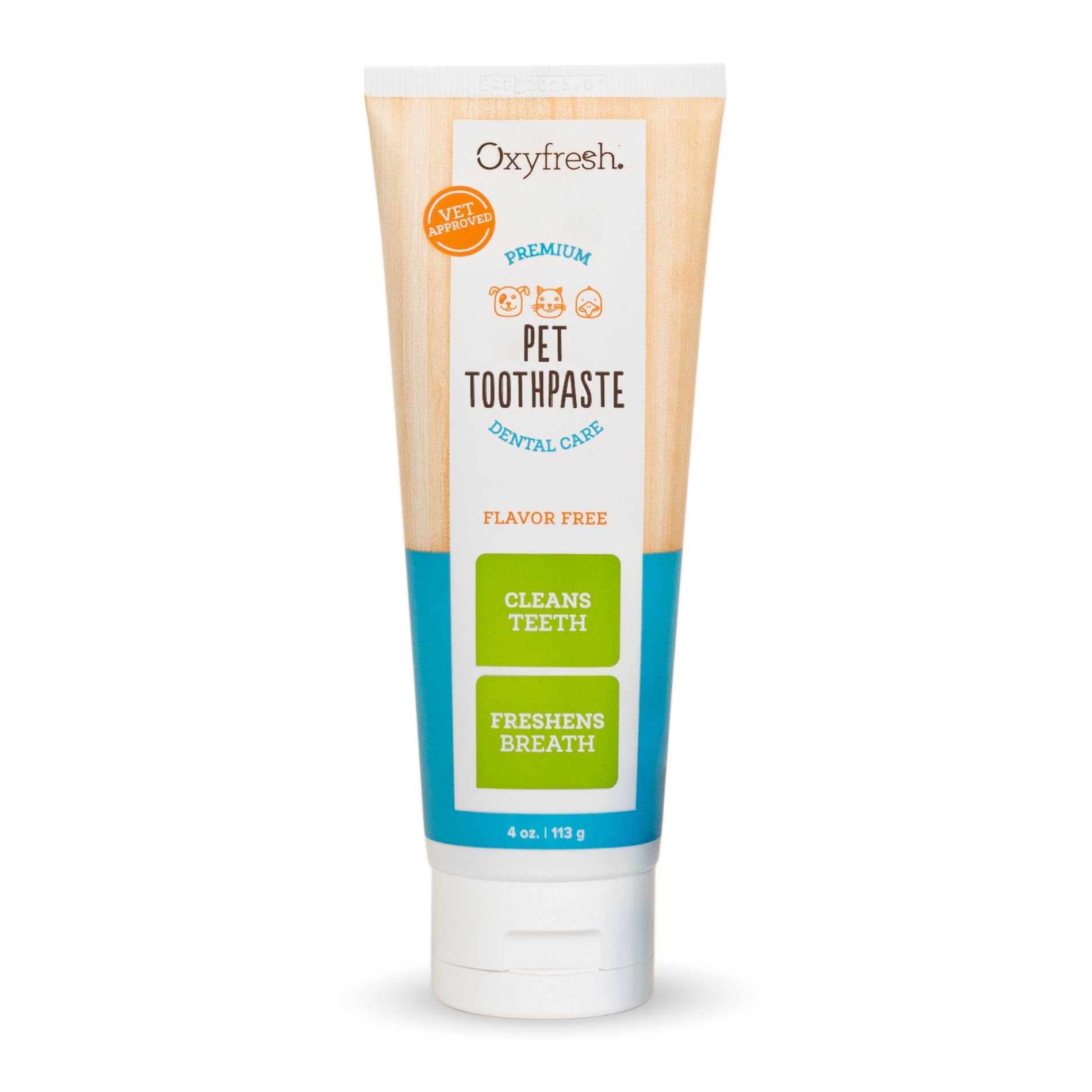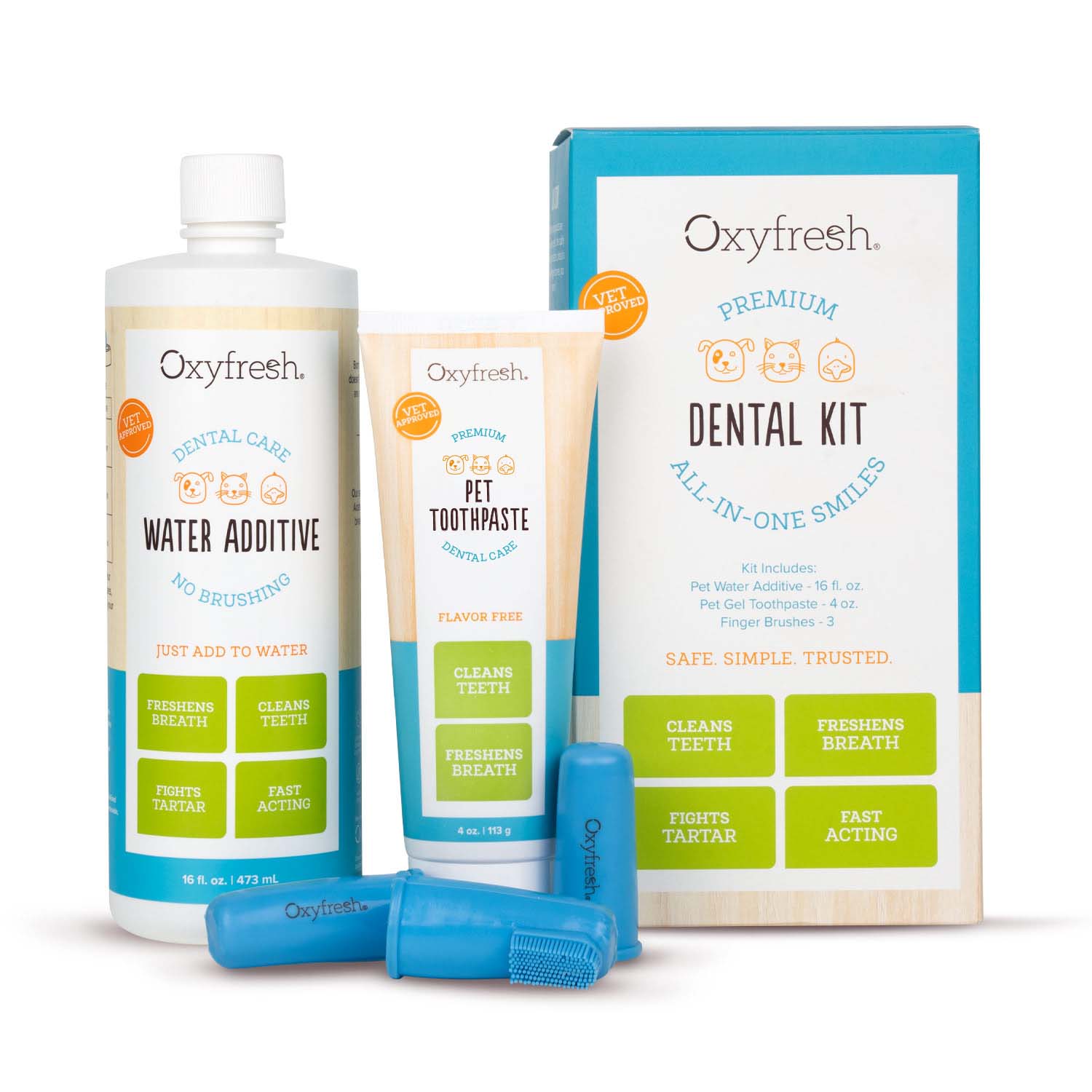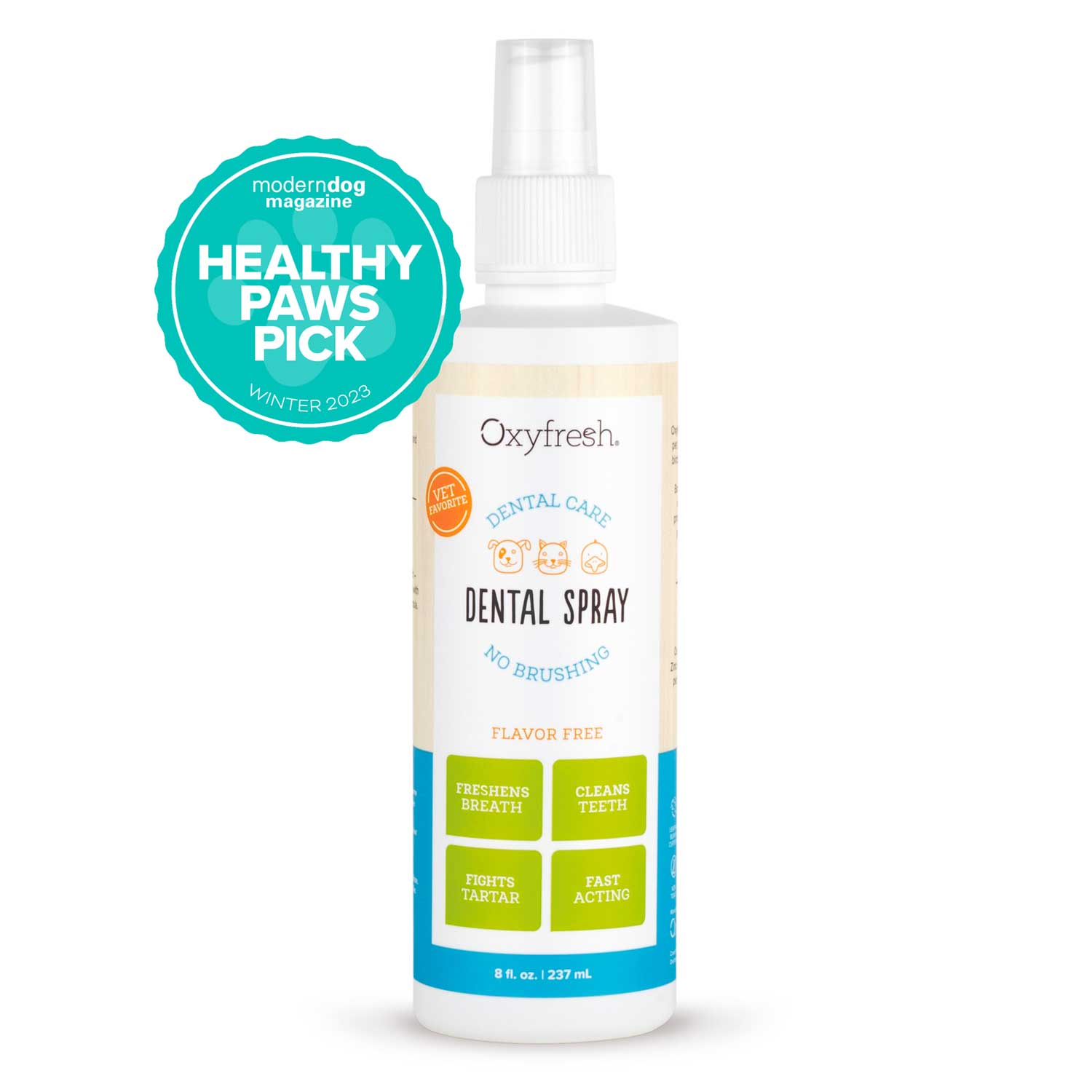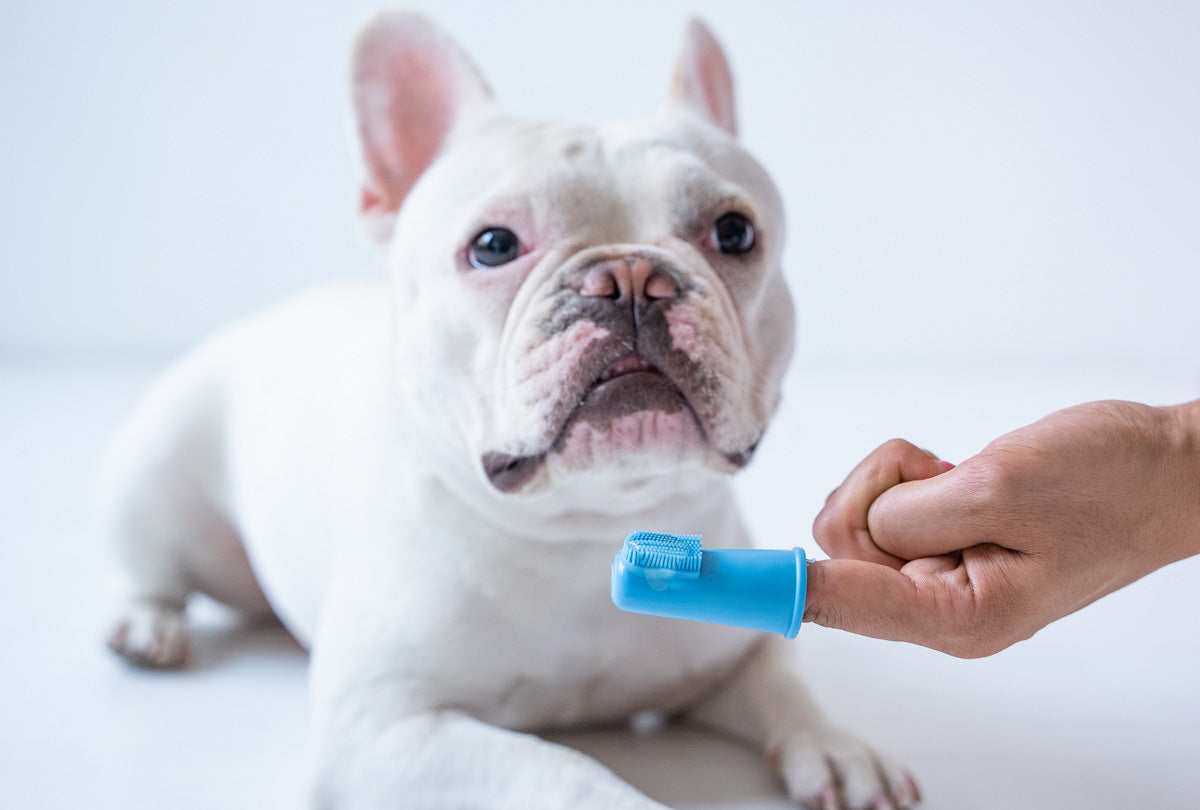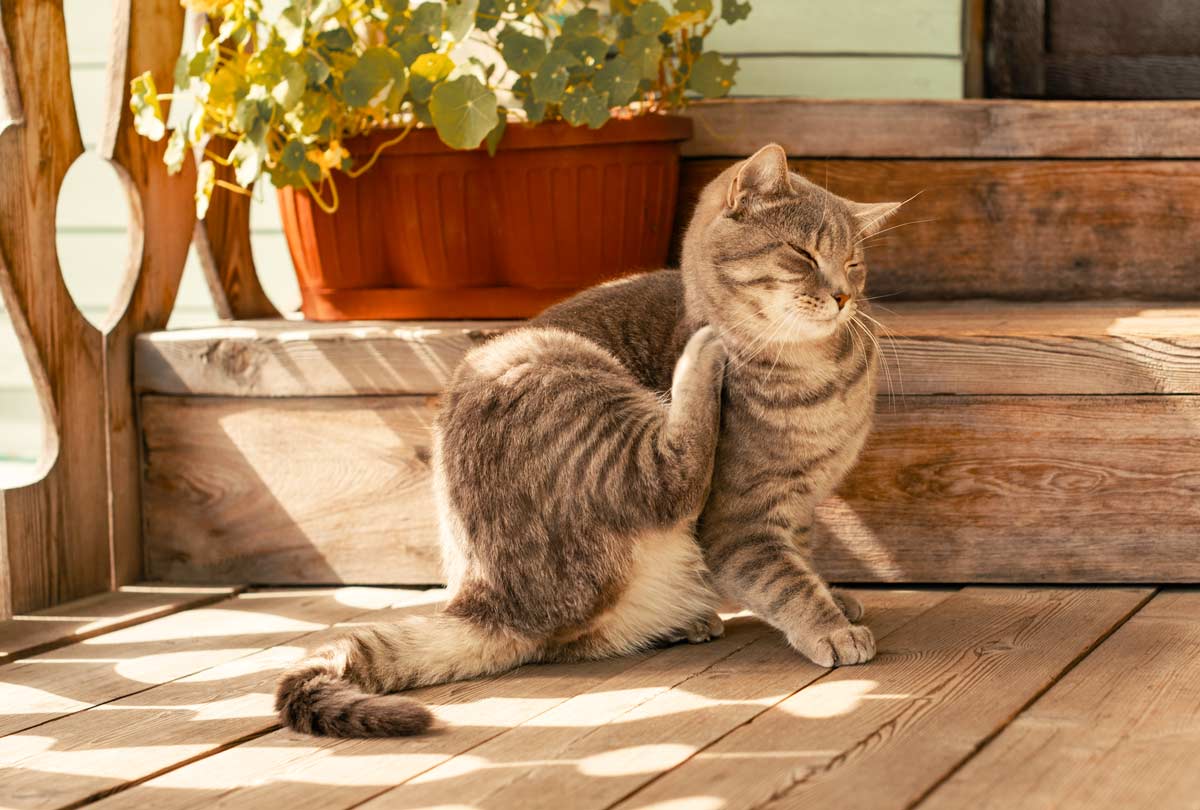Gummies and chocolates and taffy, oh my! Ahh, the joys of Halloween. The only time when it’s socially acceptable to ring your neighbors’ doorbells and demand sweets.
Then, as the whole family is digging through the loot (dibs on the Reese’s), no doubt the dog will want in on the action too. But is it OK to give your four-legged beggar a bit of candy? Read on to find out if dogs can eat candy.
Can Dogs Eat Candy?
There’s no shame in having a sweet tooth ... IF you’re a human. But dogs should not have candy. Even though sugar itself is not toxic to dogs, it’s not good for their health.
Yes, dogs are driven by their sense of smell (and the crinkly sound of wrappers!), and they do have sweet taste buds, but because granulated sugar is different than the carbs dogs would eat in the wild, like fibers and sugars from fruit, indulging in candy can cause symptoms like vomiting, diarrhea, and gas.
Additionally, sour candies – we’re looking at you, Sour Patch Kids – are filled with citric acid, which can worsen a dog’s gastrointestinal distress.
So unless you love the smell of dog toots or cleaning up messes on the carpet (because puking on the hardwood would be too much to ask), don’t let your dogs eat candy.
Shameless plug: To combat all those dog odors, ditch the chemical-filled fragrance bombs and switch to Oxyfresh Pet Deodorizer. It eliminates even the worst dog odors without polluting your indoor air.
More Candy, More Problems?
While the occasional sugary treat may not bring about any symptoms, a dog that eats candy or other goodies on a regular basis can develop problems like dog cavities, which can cost up to $3K if they end up needing a root canal. (YIKES!)
A sweets-eating habit also raises the risk for diabetes and weight gain, which can put stress on their vital organs and joints, affecting the dog’s quality of life.
And if the dogs get into your Halloween stash, things like wrappers, lollipop sticks (or entire lollipops!), gum, and hard candies could cause an intestinal obstruction.
What Candy Is Toxic to Dogs?
Candy is not good for dogs overall, but more concerning, there are certain ingredients that are downright toxic. Here’s what to absolutely avoid giving your dog.
Xylitol
Xylitol, a natural sweetener made from fibrous plant material, has exploded in popularity in recent years, finding its way into everything from baked goods to toothpastes to gum and candy. Good news for health-conscious individuals, but not so good for our canine friends.
Xylitol is very toxic to dogs, as it causes a rapid release of insulin from their pancreas. Xylitol poisoning can cause hypoglycemia (low blood sugar), seizures, liver failure or even death if they ingest a large amount.
The amount of xylitol that causes toxicity in dogs is around 50-100 milligrams of xylitol per pound of body weight, and symptoms will likely be noticeable within a half hour.
Symptoms of xylitol poisoning
- Loss of coordination
- Trouble standing
- Lethargy
- Tremors or seizures
- Vomiting
- Coma
This isn’t like giving your dog a few pieces of candy with sugar. No xylitol products should be given to dogs, period. If your dog accidentally eats something with xylitol, look at the label to see how much was ingested, and then call the vet.
Chocolate
Chocolate is toxic to dogs because of substances called methylxanthines, specifically caffeine and theobromine. Dogs can’t break down these ingredients and excrete them as easily as humans can. This can take a toll on their kidneys, central nervous system and heart.
Now, before you freak out if your dog got its paws on a single mini-size milk chocolate bar, keep in mind that the darker and more bitter the chocolate is, the more dangerous it is. Think Baker’s chocolate, cocoa powder or dark chocolate. They have much more theobromine per ounce than white or milk chocolate.
For example, a half-pound of milk chocolate could make a 50-pound dog ill, while just 1 ounce of Baker’s chocolate would do the same. Note: we’re not condoning giving dogs ANY chocolate, this is simply for perspective and possible peace of mind.
Estimated theobromine levels in chocolate:
- Cacao beans: 300–500 mg/oz.
- Cocoa powder: 400–737 mg/oz.
- Unsweetened baking chocolate: 390–450 mg/oz.
- Dark chocolate: 135 mg/oz.
- Milk chocolate: 44–60 mg/oz.
- White chocolate: 0.25 mg/oz.
Symptoms of chocolate toxicity usually appear within one to two hours of eating the chocolate and can last a few hours to a few days. The weight of the dog matters too. If a large dog and small dog both ate the same amount of chocolate, the small dog would get sicker.
Signs of chocolate toxicity in dogs
- Vomiting
- Diarrhea
- Lethargy
- Fast breathing
- Increased heart rate
- Hyperactivity
- Anxiousness
While this is not an exhaustive list, if you notice any signs that your dog is seriously ill, take them to the vet as soon as possible.
Macadamia Nuts
Not that you’ll find a lot of candy with macadamia nuts, but if you do, don’t give even a little bit to your dogs. Macadamia nuts can cause symptoms in dogs like vomiting, diarrhea, muscle weakness in the back legs, tremors, and hyperthermia. Toxicity symptoms will usually occur between 3 and 12 hours of consumption.
Raisins
Raisins are one of those polarizing treats, kind of like candy corn. (And, no, dogs should not eat candy corn either!) Well, for our I’ll-eat-anything pooches, they would scarf down a pack of Raisinets without even blinking, but this is not a good thing. One, because of the chocolate. Two, because raisins are toxic to dogs, just as grapes are. Raisin toxicity can cause vomiting and diarrhea, decreased or absent urination, lethargy, and even acute renal failure.
But please don’t panic if your dog eats a single raisin. Toxicity would likely happen in a larger amount. (There’s no specific number of raisins, but the lowest recorded volume to cause kidney failure in dogs is 0.05 ounces per pound of body weight.) The bottom line: keep the raisins to yourself.
How to Keep Candy Out of Paws' Reach
- Put the sweets up high. With their keen noses, dogs can easily track down the pillowcase of sweets, so make sure all the candy is in a high enough spot where Fido can’t reach.
- Don’t be trashy. Secure the garbage can so your dumpster-diver can’t dig for the candy no one likes (the tootsie rolls).
- Talk to your ghouls & goblins. Make sure the kiddos know to ignore the puppy-dog eyes and not give dogs candy to eat.
- Know what to do. Call your vet if your dog ate candy on the toxic list or gets ill from getting into the Halloween stash. If you can’t reach the vet, try the ASPCA Animal Poison Control line. Have the wrapper or packaging on hand if you can so that you can provide info on how much candy your dog ate.
Safe Treats for Dogs This Halloween
Don’t want to leave your pet out of the Halloween treat frenzy? Then embrace your inner chef and bake your pup some Halloween dog treats made with safe ingredients like oat or coconut flour, sweet potato, pumpkin or peanut butter. There are a million recipes to try online.
Brownie points (not literally – don’t give your dog chocolate) if you use cute little Halloween cookie cutters and share with your friends. And if baking isn’t your trick, no shame in just buying dog treats at the store.
Fruit-tastic treats for dogs
Dogs should not eat candy, but you can still satisfy their sweet tooth with fresh fruit given in moderation. For a cool treat, you can freeze the fruit as long as it’s in small chunks. Just don’t give your dog grapes (on the toxic list) or canned fruits like peaches and pears, as they have too much sugary syrup. And most dogs don’t like citrus or tart flavors, so steer clear of oranges and cranberries. Here are some safe fruit options for dogs:
- Blueberries
- Watermelon (remove the rinds and seeds)
- Apples (remove the seeds and core)
- Bananas
- Cantaloupe
- Peaches or mangoes (cut out the pits, as they contain cyanide)
P.S. Don't Forget the Treat of Fresh Dog Breath!
Don’t let your dog’s breath give everyone a scare when they ring the doorbell this Halloween. Fix that ghastly breath with one easy trick: add Oxyfresh Water Additive into their water bowl daily.
This is the vet-recommended, mummy(and daddy)-approved, no-brush, no-fuss way to get your dog’s breath smelling fresh while cleaning their teeth and gums.
With up to 90% of dogs showing signs of gum disease by age three, a home dental routine is essential to their health, and this product makes it SO easy. Just a capful each day into their water bowl and you’re good to go!
And here’s the real treat: because it’s tasteless and odorless, your dog will have no idea what you’re doing for their oral health. Boo-yeah!
We'd love to tell you more, but the candy corn is calling our name.




